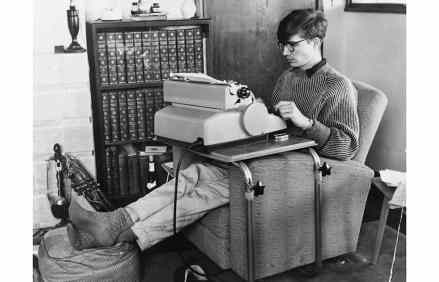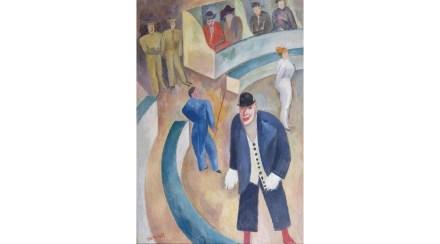What a greasy spoon in West London tells us about the threat of nuclear war
All-day diners feasting on the full English, the cheese omelette or the celebrated sausage sandwich (£3.80) at George’s Café, at 36 Blythe Road, Hammersmith, probably don’t realise they are dining at an address which is pivotal in global cultural history. So pivotal, in fact, that it might just tell us whether human civilisation is about to be extinguished in a nuclear holocaust. A claim like that needs fleshing out. Here it is. Some 120 years ago, 36 Blythe Road was living a very different life to that of a humdrum suburban greasy spoon: it was the headquarters and archival nerve centre of the Hermetic Order of the Golden Dawn, a fin




